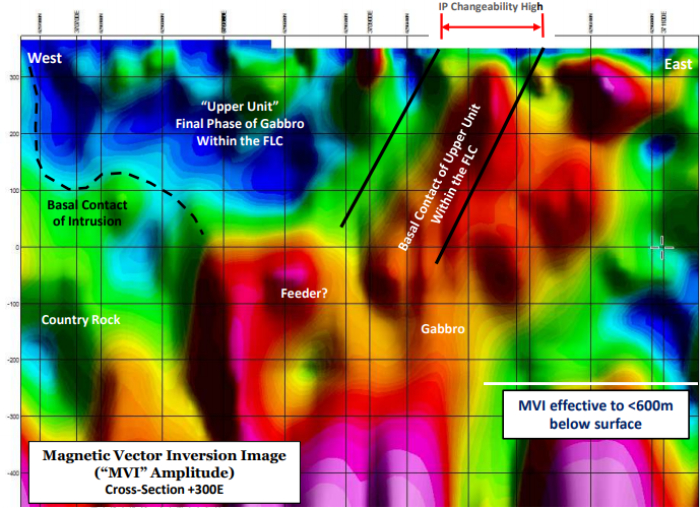Corazon Mining aims to unlock new nickel sulphide discoveries at Lynn Lake Mining Centre in Canada

Corazon Mining Ltd (ASX:CZN) is pursuing a two-pronged strategy for the exploration and development of the Lynn Lake Project in Canada.
The company aims to expand the near-surface resource base of 16.3 million tonnes at 0.72% nickel, 0.33% copper and 0.033% cobalt for 116,800 tonnes of contained nickel, 54,000 tonnes copper and 5,300 tonnes cobalt via drilling and to support the potential future development of a significant, low-cost mining operation.
Simultaneously, the company is also exploring for new, world-class nickel sulphide deposits within the Lynn Lake project area, including at the FLC, which is just five kilometres to the south.
Executive managing director Brett Smith said: “Weve been exploring Fraser Lake since about 2016 and weve intersected a lot of magnetic sulphide out there.
“Its just recently through new geophysical processing that weve been able to pull together the framework and understand this system.”
New geophysical targets[hhmc]
The company is confident that new targets generated from geophysical processing could unlock a new nickel sulphide system at FLC, having previously used the same approach of Magnetic Vector Inversion (MVI) testing at the Lynn Lake Mining Centre.
Smith said: “Weve tested this new geophysical processing method on the mine site, and its proved quite extraordinary.
“Weve gone down to around 6 kilometres in depth and looking back we can say that the processing we were doing previously was only effective to about 200 metres.”
The method has proved capable of defining magnetic ore bodies within the FLC down-dip from drill defined mineralisation.
The application of MVI has advanced the geological understanding of the FLC.
Compelling location[hhmc]
The MVI identified a magnetic high on the flat basal contact of the FLC, which is potentially a basal accumulation of sulphide just west of the companys initial Matrix Trend target and similar to major global nickel-copper magmatic sulphide deposits.
Smith said: “Weve reprocessed some of these geophysics and thats really unlocked a lot of information at depth and its pulled together some of our surface known mineralisation, so weve ended up with this target thats Read More – Source
[contf]
[contfnew]

Proactiveinvestors
[contfnewc]
[contfnewc]




